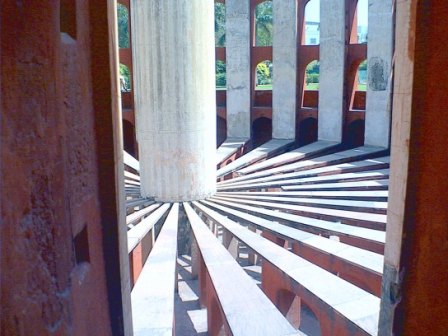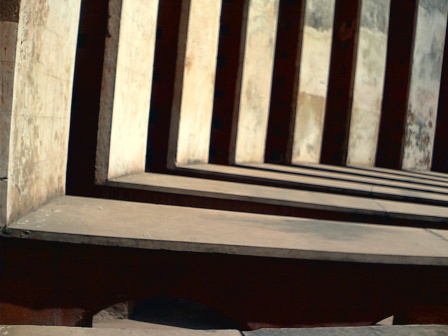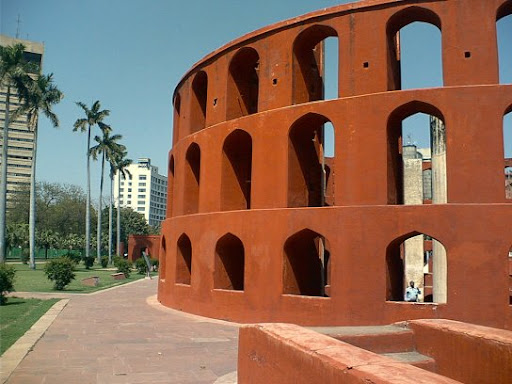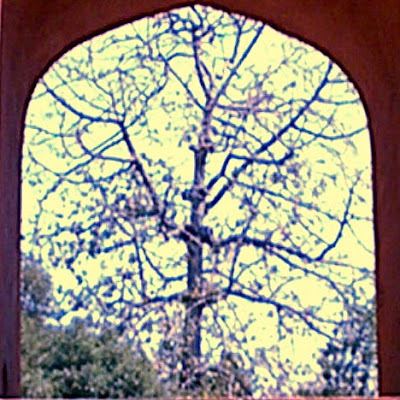Sunday, April 01, 2007
A Visit to Jantar Mantar
Time always has a sense of history. Every moment that passes by progresses for growth and its eventual decay, it can either be relished or despised. Moreover, every second gone past is a testimony of beliefs, ability and above all, the efforts.
These images are from the famous astronomical observatories Jantar Mantar in New Delhi, which were built in 1724 AD by Maharaja Sawai Jai Singh II. The sheer beauty of Jantar Mantar, which is a series of masonry built of brick, rubble and lime, lies in its precise calculations regarding celestial positions of the Sun, Moon and the planets. Sadly, all the instruments have been lying unused for most part of their nearly 300 years of existence and need some surface work
The Misra Yantra lies their amidst high rise buildings, I wonder if the building in background could last even half as long.
The Ram Yantra makes it very easy to compute local coordinate measurements of celestial object. The pillar in centre or the Gnomon is exactly of same height as the distance between it and the inner circumference of walls. The computation process in simplest terms can be defined as the centre of the shadow of gnomon on the walls or floor of the observatory / yantra.
Samrat Yantra above, is the largest and most imposing structure in the observatory. The triangular structure in the middle is the gnomon, hypotenuse of this structure is parallel to the earth's axis, as a result it roughly points towards the Pole star. But it is unusable in its current state. Some volunteer efforts though have been undertaken by the Nehru Planetarium, S.P.A.C.E. and Amateur Astronomer Association, Delhi and we might expect Samrat Yantra to be functional in some time soon.







No comments yet